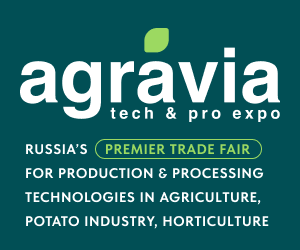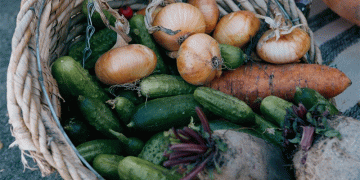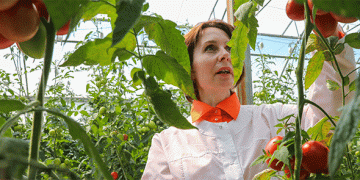Watering onions with drip irrigation provides extra yield in onions, whereby the water is used most efficiently. It provides more yield compared to other systems. But it is also the most expensive.
At the UIKC demo fields it can already be determined that drip irrigation in onions gives a higher yield. ‘At the Onion Days we discuss to what extent it is profitable to add water and what the most efficient method is’, says Luc Remijn of Delphy.
‘Last year yield differences of up to 20 tons per hectare were measured in a demo set-up with drip irrigation’, says the researcher. ‘We then compared objects where four times 10 millimeters of water were supplied with dripper hoses compared to the natural supply of rain. The question is whether this additional yield can be realized annually.’
In addition to being a cultivation advisor at Delphy, Remijn is co-organizer of the Onion Days that were held on 3 and 4 September on behalf of the onion knowledge center UIKC in Colijnsplaat.
The availability of freshwater determines the construction plan
LUC REMIJN, CULTIVATION ADVISOR AT DELPHY
You certainly don’t hear Remijn say that onion cultivation is no longer possible on drought-sensitive soils. ‘I am more convinced than before that the availability of freshwater determines the construction plan. For some arable farmers it means that investments are necessary to continue growing onions.’
Fresh water supply
After the extreme drought in 2018, experimental farm Rusthoeve and UIKC had a buffer basin for 3,000 cubic meters of rainwater constructed for onion trials. In addition, all plots on the house plot were fitted with underground pipes for the supply of fresh water last season.
This year, UIKC has carried out two trials for onion research platform Uireka and crop protection company Van Iperen that are related to drought control. In Uireka’s trial, drip irrigation is compared with irrigation via a spray boom. Van Iperen’s test concerns fertigation schemes in which, in addition to water, the entire mineral requirement is administered with dripping hoses.
Fertigation based on leaf analyses
In the fertigation trial, leaf analyzes are among other things decisive for the mineral additions. The comparison concerns the fertigation objects with standard cultivation without moisture and with broad-spread fertilization.

At first glance, the differences between the objects are already very large, Remijn notes. ‘The crop with fertigation stays fresh green longer, the standard is clearly worn out sooner after the persistent drought.’
In the Uireka drip test, 20 millimeters of water was used per application for above-ground irrigation, compared to 10 millimeters for drip irrigation. ‘One of the goals is to find out to what extent we can administer water more efficiently. We are curious whether it will be possible to achieve the same cultivation results with half the watering,’ explains Remijn.
Sufficient added value
At the drip objects there are two drip hoses in the beds with five rows of onion plants. An extra hose has been placed in one object to improve water distribution.
We are looking at whether this provides sufficient added value’, says the cultivation advisor. ‘For the near future, we are considering adapting the sowing system to four-row beds in combination with drip irrigation. In such a system, the delivery of water and fertilizers can be dosed better with one hose between two rows.’

The drip system at the Rusthoeve experimental farm costs about 1,000 euros per hectare. ‘The investment depends, among other things, on the quality of the hoses used and the length of the main hose. We are investigating how optimizing watering affects the cost price and what additional yield is needed to compensate for this.’



































